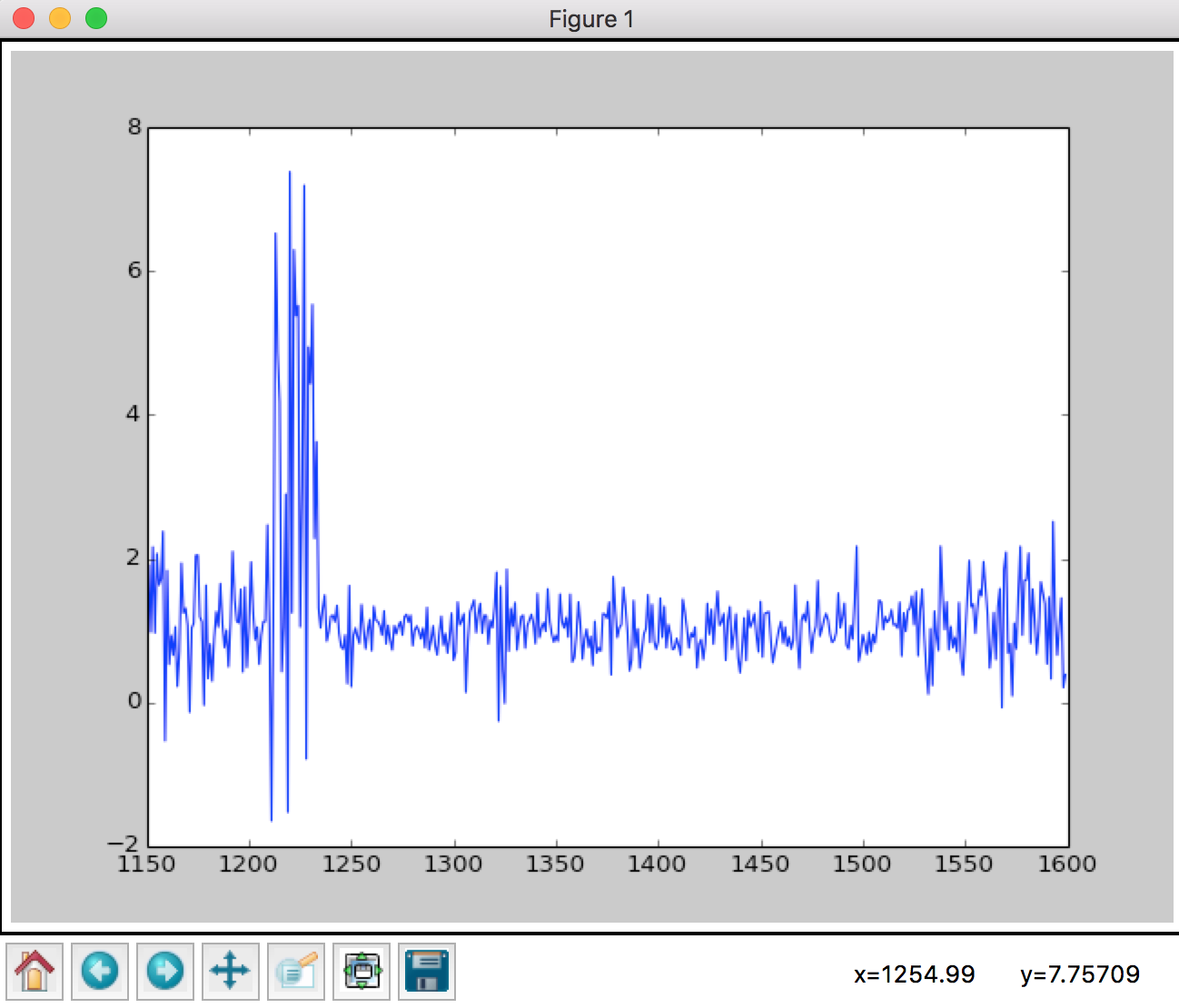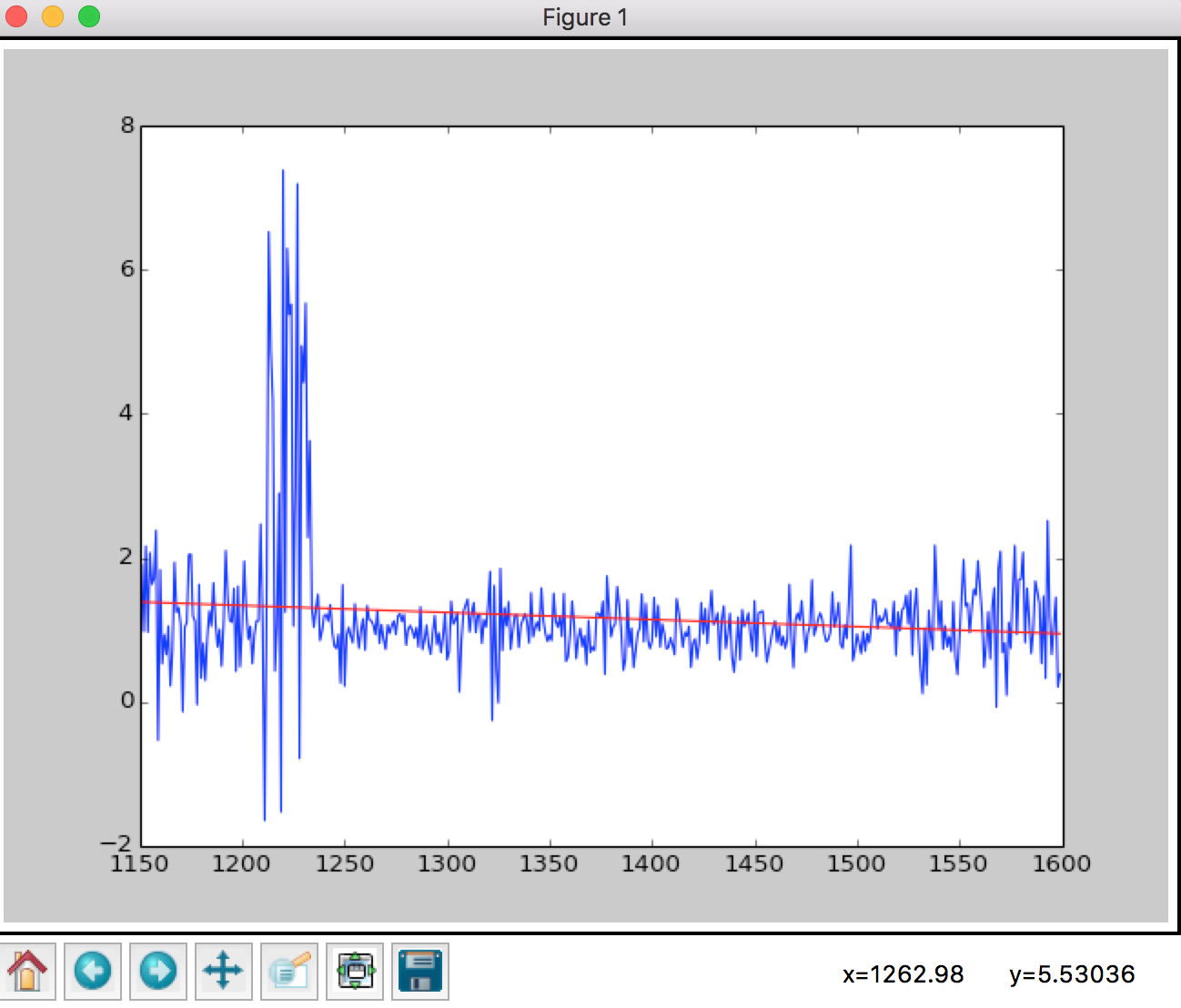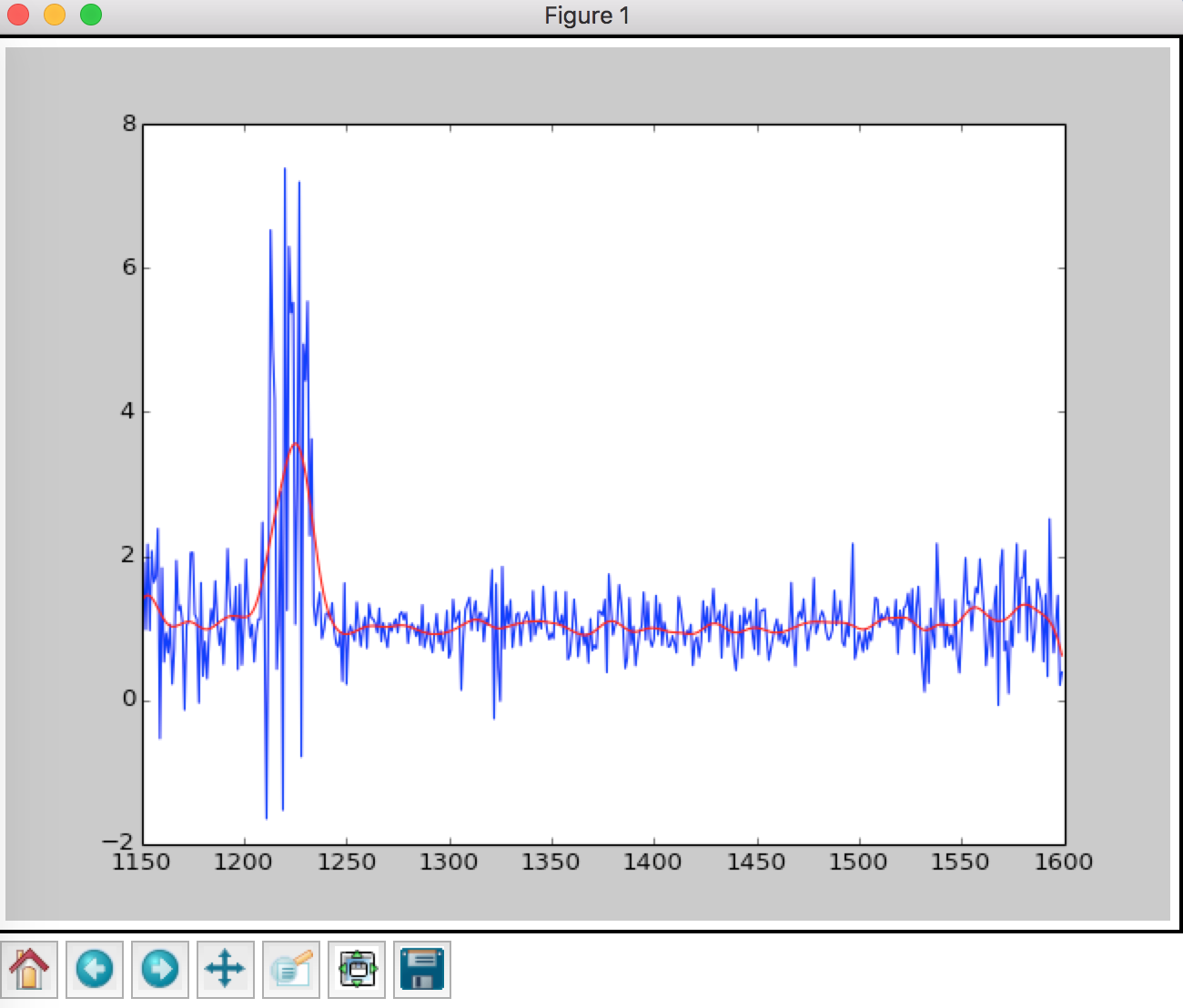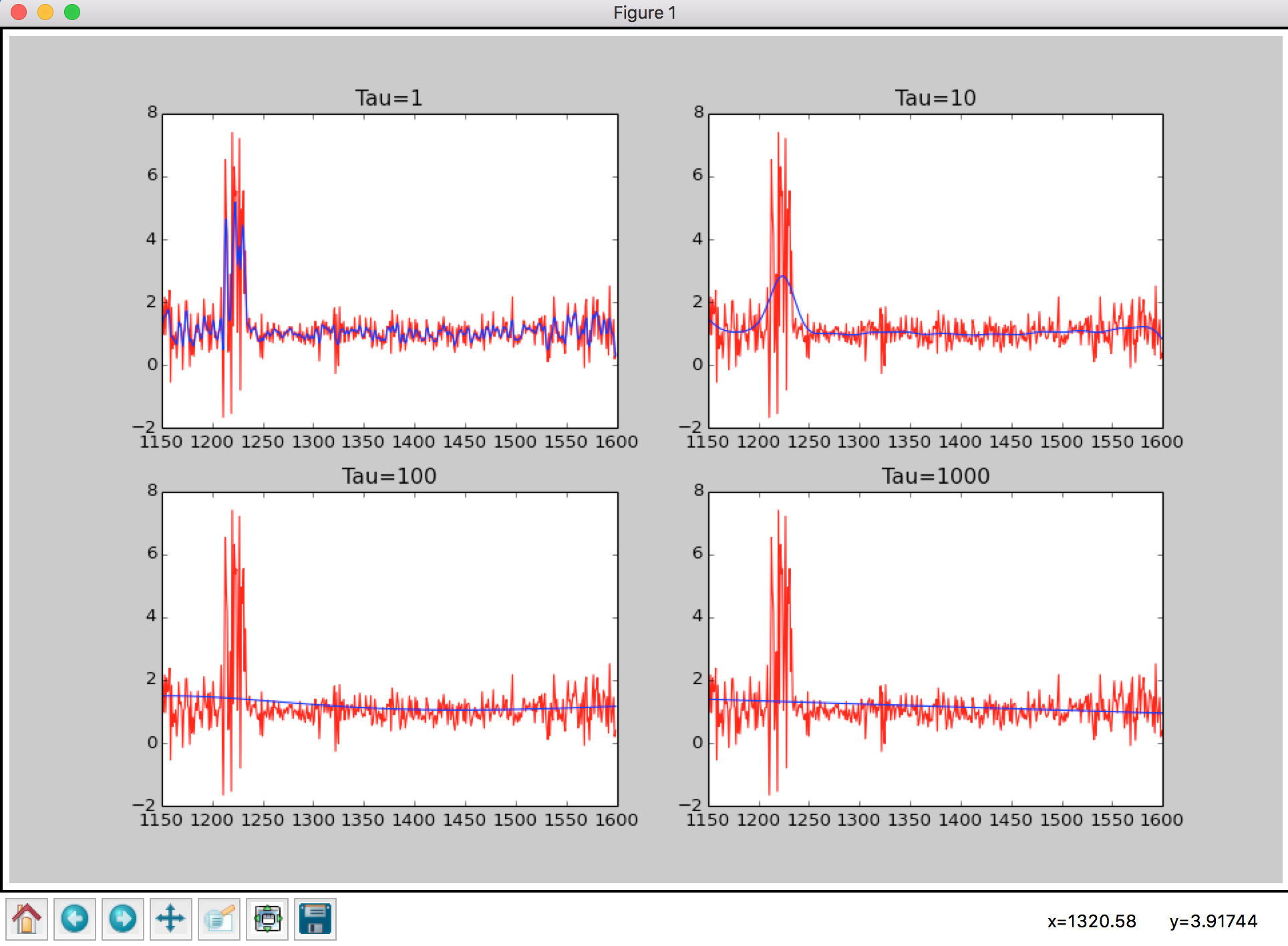Locally Weight Linear Regression
Recap
LR: Fit to minimize
.
LWLR: To evaluate at a certain , fit minimize ,where .
is the bandwidth parameter, controls how fast weight change with distance ; make fixed, when is small, the weight is closed to 1, and closed to 0 when is large.
When all 's are equal to 1, then all examples has the same weight 1, that's exactly basic Linear Regression.
(a)
Consider a linear regression problem in which we want to "weight" different training examples differently. Specifically, suppose we want to minimize
(i)
Show that can also be written
for an appropiate diagonal , and state clearly what is.
Since is a diagonal matrix
So
(ii)
If all the 's equal 1, then the normal equation is
and that the value of that minimize is given by . By finding the derivative and setting that to zero, generalize the normal equation to this weighted setting, and give the new value of that minimizes in closed form as a function of , and .
Linear Algebra Lemma:
When all 's equal 1
is same just the normal linear regression.
(iii)
Suppose we have a training set
of m independent examples, but in which the 's were observed with differing variances.Specifically, suppose that
I.e. has mean and variance (where the 's are fixed constants). Show that finding the maximum likelihood estimate of reduces to solving a locally weighted linear regression. State clearly what the are in terms of the 's.
Since 's fixed, maximizing
is equvilent to minimizing
this equation is in the form of locally weighted linear regression, where
.
So fixing a Gaussian Distribution is somehow like fixing a LWLR?
(b)
Training dataset is provided here and testing data is provided here
(i)
Use the normal equations to implement (unweight) linear
regression on the first training example. On one figure plot both the raw data abd tge straight line resulting from your fit. State the optimal resulting from linear regression.
First let plot the raw data.
import pandas as pd
import matplotlib.pyplot as plt
quasar_train = pd.read_csv("quasar_train.csv")
wave_lengthes = quasar_train.columns.values.astype(float).astype(int)
plt.plot(wave_lengthes, quasar_train.values[0])

Now let do the math stuff.
First, a function to get local weights. For a single x, have a serial of weights respect to diffent distance.
And again, here's the formula.
When 's equal 1, then it's same as linear regression.
import numpy as np
def getLocalTheta(X, Y_vector, Weight_mat = None):
if Weight_mat is None:
return np.linalg.inv(X.T.dot(X)).dot(X.T).dot(Y_vector)
else:
return np.linalg.inv(X.T.dot(Weight_mat).dot(X)).dot(X.T).dot(Weight_mat).dot(Y_vector)
X1 = np.ones(shape=[len(wave_lengthes)])
X = np.stack([wave_lengthes, X1]).T
theta = getWeightedTheta(X, quasar_train.values[0],None)
plt.plot(wave_lengthes, quasar_train.values[0])
plt.plot(wave_lengthes, X.dot(theta),'r')
plt.show()
Looks like this

(ii)
Implement locally weighted linear regression on the first training example. Use normal equations you derived. When evaluating at a query point x,use weights
with bandwidth parameter .
def getLocalWeights(x, X_range, Tau):
return np.diag(
np.exp(
(-(x-X_range[:])**2)/(2 * Tau**2)
)
)
def getWeightedRegression(X_range, Y_vector, tau):
X1 = np.ones(shape=[len(X_range)])
X = np.stack([X_range,X1]).T
Weighted_Y = []
for x in X:
localWeights = getLocalWeights(x[0], X_range, tau)
localTheta = getWeightedTheta(X, Y_vector, Weight_mat=localWeights)
Weighted_Y.append(x.dot(localTheta))
return Weighted_Y
first_example = quasar_train.values[0]
weighted_wave = getWeightedRegression(wave_lengthes, first_example,5)
plt.plot(wave_lengthes, first_example,'b')
plt.plot(wave_lengthes, weighted_wave,'r')
plt.show()
For each query point x we perform weighted linear regression, notice that when getting weighted theta, we use uppercase .
And the weighted regression looks like

For sake of layout, we place
def getLocalWeights(x, X_range, Tau):
def getWeightedTheta(X, Y_vector, Weight_mat = None):
def getWeightedRegression(X_range, Y_vector, tau):
into functions.py
(iii)
Repeat (b)(ii) four more times with and , plot the resulting curves. In 2-3 sentences comments on what happens to the locally weighted linear regression line as varies.
import functions as fn
import pandas as pd
import matplotlib.pyplot as plt
qusar_train = pd.read_csv('quasar_train.csv')
first_example = qusar_train.values[0]
wave_lengthes = qusar_train.columns.values.astype(float).astype(int)
fig, axes = plt.subplots(2,2)
axes = axes.ravel()
for k,tau in enumerate([1,10,100,1000]):
ax = axes[k]
weightedWave = fn.getWeightedRegression(wave_lengthes, first_example, tau)
ax.plot(wave_lengthes, first_example, 'r')
ax.plot(wave_lengthes, weightedWave, 'b')
ax.set_title('Tau={}'.format(tau))
plt.legend(loc='best')
plt.show()
And looks like this

Namely, is the bandwidth parameter, from the formula
we can see that, when the distance
changes, controls how fast changes, when is very large, the weight barely changes, so the line is more smooth.